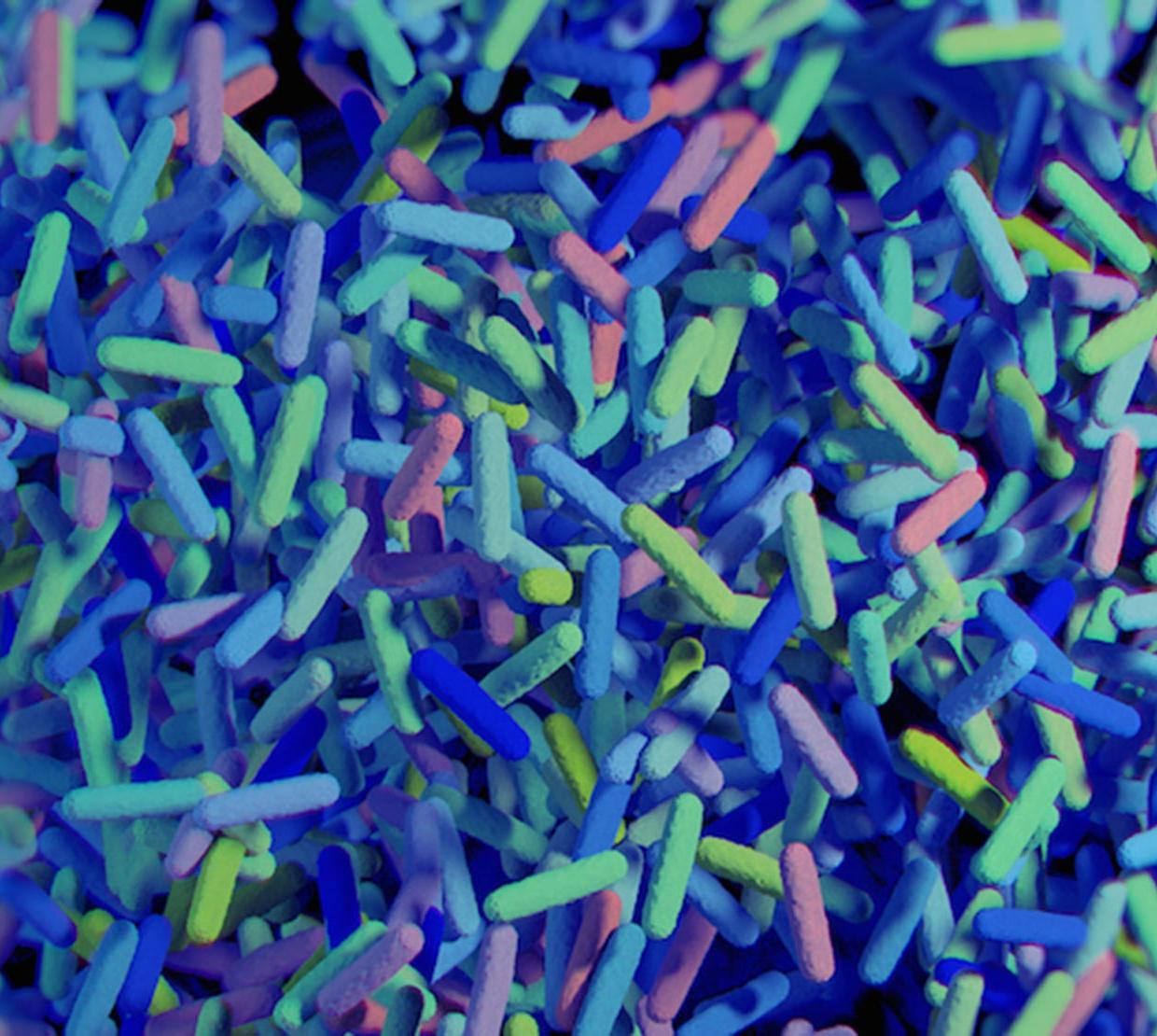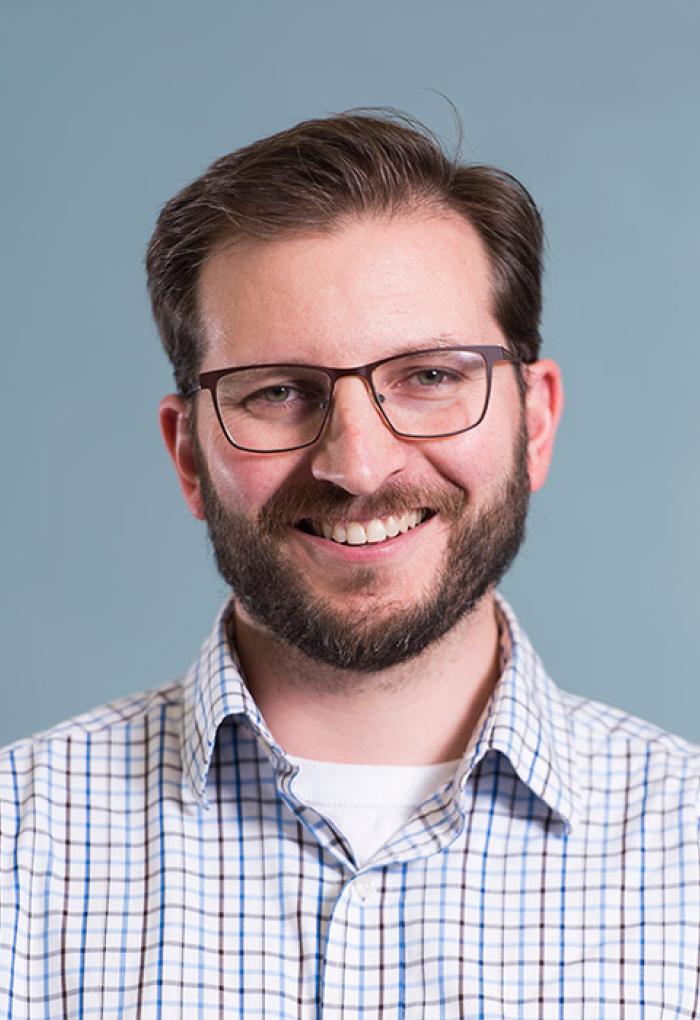OSU is in the developmental stages of a program directly related to this national effort. This virtual center for microbiome research and education will focus understanding how microbiomes and their environments interact.
The initiative will include work to advance the understanding of microbiome behavior; protect and restore healthy microbiome function; and develop new tools to study microbiomes.
Officials at the announcement of that initiative noted that dysfunctional microbiomes are associated with chronic human diseases, including obesity, diabetes, and asthma; local ecological disruptions such as the hypoxic zone in the Gulf of Mexico; and reductions in agricultural productivity.
The federal program gas secured major commitments from the Department of Energy, NASA, the National Institutes of Health, the National Science Foundation, and the U.S. Department of Agriculture. More than 100 external institutions are also becoming involved, including a $100 million, four-year effort by the Bill and Melinda Gates Foundation.
In a world in which bacteria have too often been thought of as the enemy, there’s been a growing understanding just in recent years of how important they are to normal and healthy biological function, and that maintaining a proper balance of appropriate bacteria is essential.
“There has been a legacy of concern about exposure to microbial pathogens, which has led to increased use of antimicrobial products,” Sharpton has said.
“However, there’s now a growing awareness of the importance of the bacteria in our gut microbiome for human health, and the overuse of antibiotics that can lead to the rise of ‘superbugs.’ There are consequences to constantly trying to kill the bacteria in the world around us, aspects we’re just beginning to understand.”
Sharpton's lab focuses on how the human microbiome, especially the gut microbiome, relates to health. They specialize in the development and application of high-throughput computational and statistical tools that characterize microbiome biology, and investigate how microbiomes are associated with host health, environmental exposures, and animal evolution. By developing testable hypotheses about how humans and their microbiome interact, his team strives to understand the evolutionary and ecological processes that influence community assembly, maintenance, and function within a host. Ultimately, this knowledge will be used to discover disease mechanisms, identify predicative and diagnostic biomarkers of disease, and develop tools to treat disease through manipulation of the microbiome.
The new program being developed at OSU reflects an emerging area of strength for the university, one that spans all the colleges. It will involve more than 60 faculty from a diversity of disciplines who do work related to gut, soil, and even ocean microbiomes, learning how these organisms operate and interact with their environment.
The new initiative will build on this large body of work already under way – in the past 21 months, OSU faculty have received almost $10 million in research funding on topics related to microbiome studies.
A long-term goal is to learn how to selectively engineer and/or maintain microbiomes to benefit environmental, agricultural, and human health.
New research tools, analytical techniques, and theory will be developed by the center for use both at OSU and the national microbiome research community. Commercialization and clinical development of socially relevant discoveries will also provide early-career researchers and students with structured, interdisciplinary training programs. And funds are now being raised to support a few cutting edge research projects that specifically would include underrepresented minority students, junior faculty, and women.





